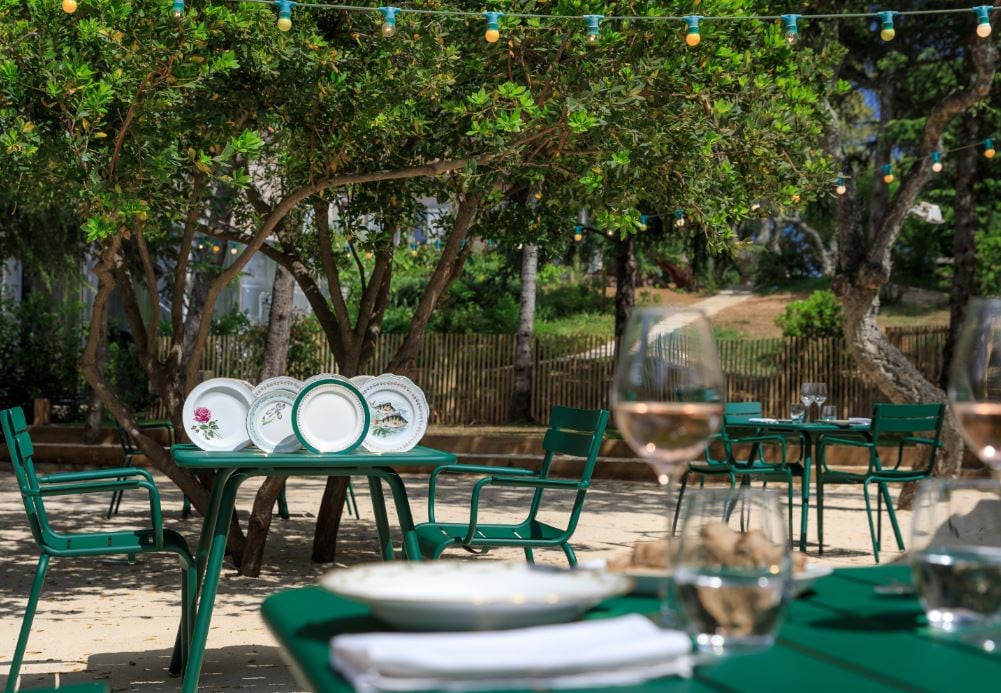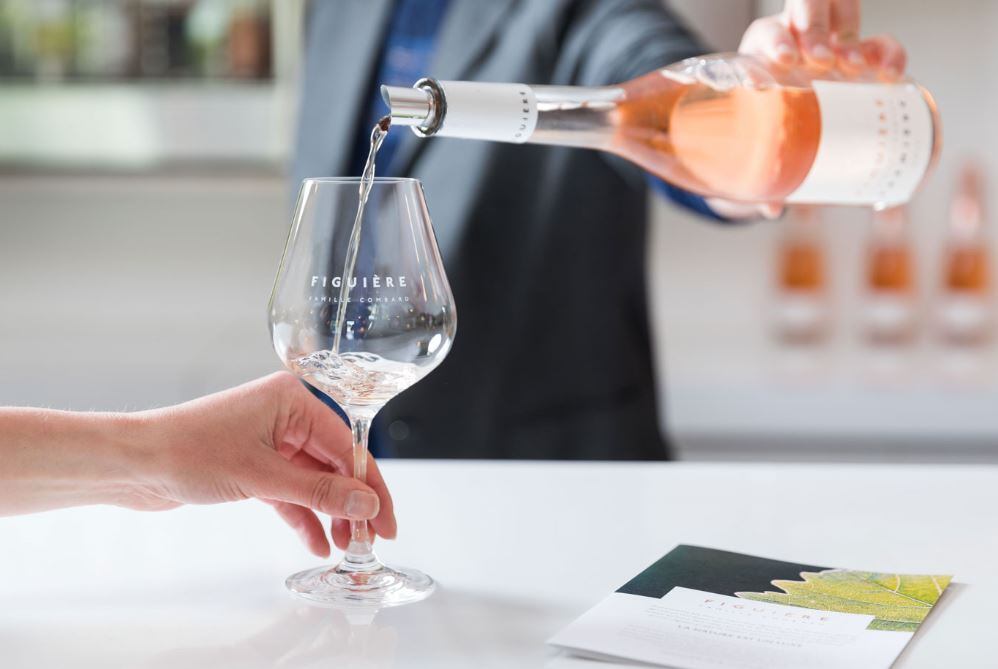The winery has been going from strength to strength since the popularity of rosé wine took over 10 years ago thanks to a younger generation and changing consumer drinking habits and palates.
INRA
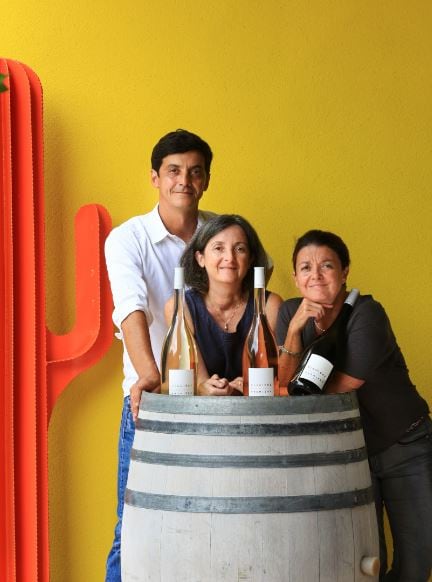
Magali Combard, director, marketing and sales, Figuière, told BeverageDaily, the estate has always carried out organic farming since 1979 and its vineyard is certified by Ecocert, a certification body for sustainable development.
“The more vines we have, the more certifications we go for, and it’s something the consumer is becoming more aware of and interested in. 10 years ago organic wine wasn’t even mentioned but today people are searching for this,” she said.
“Our whole philosophy is about environment protection using less chemical products. We are not allowed to use these types of products given the certification but using bees, birds and bats goes one step further, bringing the animals back into nature. For example, bats eat the ‘papillons de nuit’ moths, which are bad for the vines because they lay eggs which then hatch into worms, destroying the vines.
“We have put some bird cages all across the vineyard to encourage them back into the vines as a place to live, the ‘mésanges’ (blue tit, chickadee) are small birds with a yellow neck and normally once they are settled in a place, they stay and eat the insects. We launched the project three months ago but it will take a while before we see any results because the animals need time to get used to a place. INRA is following us in our project because it’s interested in the science of bringing animals back into nature connecting the eco cycle chain which is essential to the environment.”
Combard added, as with everything it is important to bring new ideas to the table and try different techniques, to expand and grow as a business.
“We have worms (‘lombric' or 'ver de terre’ ) which we introduce to the vines and we grow and farm them here in nurseries on the estate. They oxygenate the earth and their excrement is rich like ‘caviar de la terre’, earth caviar. Whenever we have any new plantations we use the fertiliser from the worms to give the plants a better chance to grow,” she said.
Expansion plans
In terms of expansion, Combard said in Provence its trickier and more difficult to get more vines because plantation rights are limited due to restrictions owing to the protection of the environment. The local authority wants to protect its wild natural areas and to reduce construction and not over expand the region too much.
“Even for us it’s difficult to expand. We have tiny rights of plantation every year but not enough for economical development. The other way we have to approach our expanding business is to buy new vineyards. Provence is a very demanding region for rosé and we are exporting a lot more overseas. Domestically as well, rosé has been growing in demand over the last five years and even surpasses white wine here,” she said.
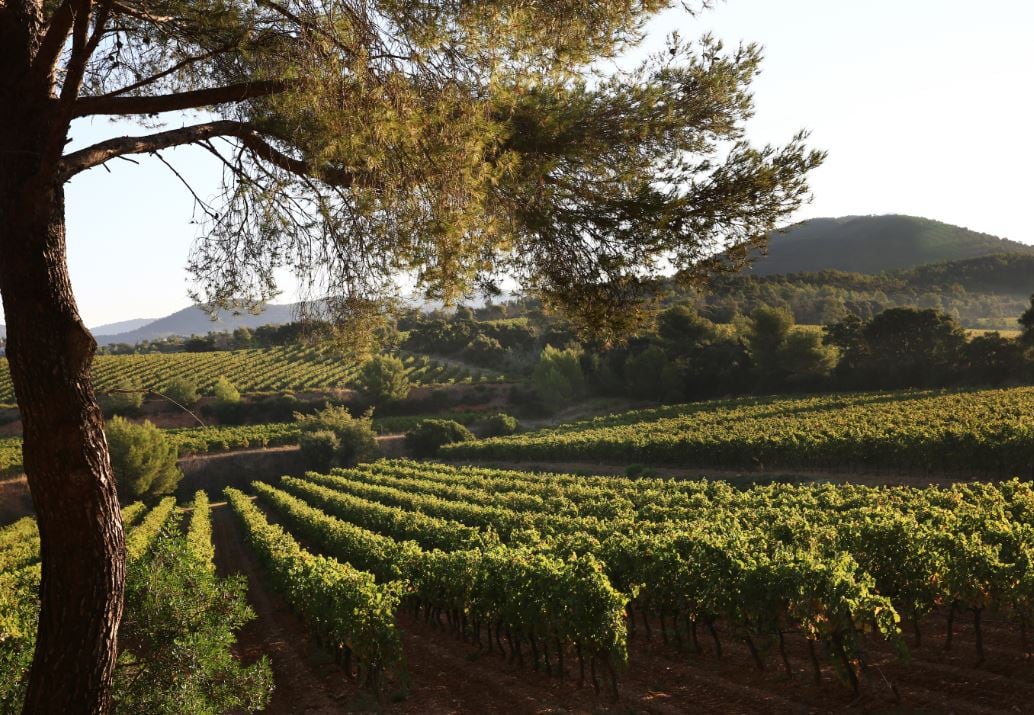
“We are about to buy some new vineyards, the information for now is confidential, but it’s about half an hour from La Londe-les-Maures and we will be making an announcement in the coming months. Business here in Provence is doing well we have a big development and big investors coming.
Rosé wine
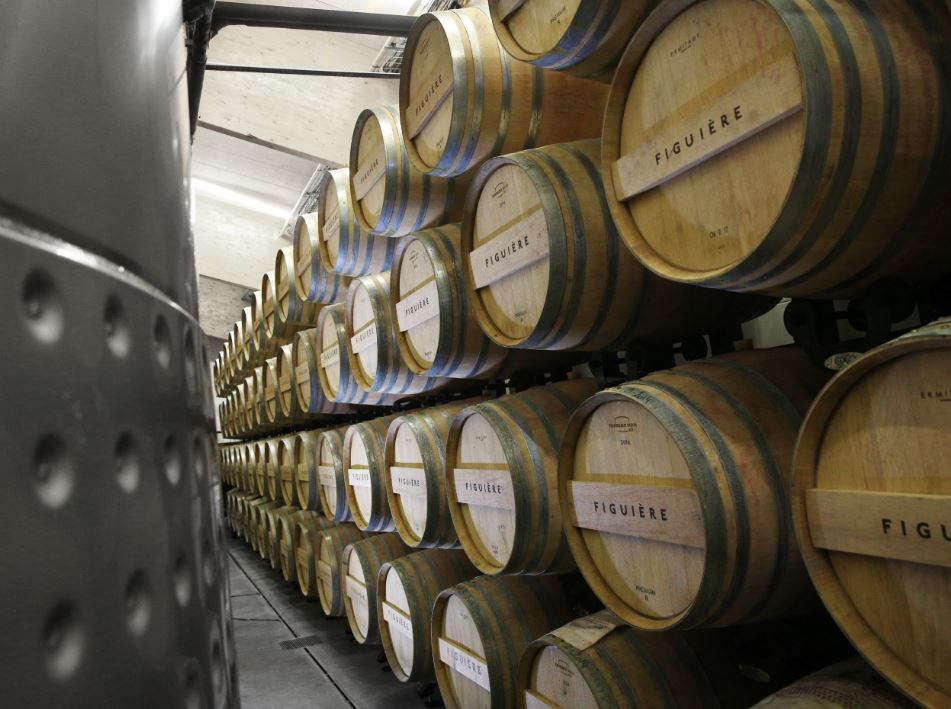
“It has always been the case in Provence that we are known for our rosé and the younger, next generation of consumers has started drinking rosé wine because its fruity, fresh and easy to drink. It’s another age for consuming wines, a more ‘décontracter’, relaxing kind of conception.
“The fact that LVMH Moët Hennessy has just bought a domaine in Provence means it’s a highly demanded area, a place for investment and the wine here is very popular. 20 years ago it was a poor wine region but everything started to take off thanks to rosé. The news about LVMH is good and bad. It’s good because it shows how attractive this wine region is and how demanding wine is here with the popularity of rosé.
“But, we are in a kind of speculative situation at the moment in Provence. Real estate prices are increasing, it’s a comfortable area for investors with good margins and ROI (Return-on-Investment). We have big guys knocking on the door because there is a high demand in the market.
“As Provence grows into becoming a well-known brand in itself LVMH will have the financial power to expand quickly. They will need a lot of volume. They will have 68 hectares of vines so they will have to source from elsewhere and they can pay a high price, so smaller family-run vineyards will be outpriced. It’s happened before when we had low production in 2017 due to a heatwave and last year we had too much rain, so the region has faced pressures in lack of volume so prices increase, whereas LVMH has huge distribution channels.
“It’s scary but, on the other hand, it brings fame to the region and LVMH is good at marketing and communications. Provence is becoming a brand in itself like the Champagne region. But, we are motivated to produce the best wine and rosé that we can, we are not chasing volume we are focusing on quality.”
Moët Hennessy announced in May it was entering into a ‘definitive agreement’ to purchase Château du Galoupet, Cru Classé in the Côtes-de-Provence (for an estimated €30m) with the transaction to be completed in the second half of 2019.
The final agreement for the purchase was agreed with the owners, Anglo-Indian family Shivdasani. The financier Indoo Shivdasani, who also owned Domaine Saint-Jean-de-Villecroze and Chateau Vignelaure for a few years, acquired it in 1973. Indoo Shivdasani died in 1979, but his wife, Lakshmi, his two sons Sonu and Azad and his granddaughter Bina took over the estate.
Château du Galoupet is based in La Londe-les-Maures, covering 160 hectares in total including 68 hectares planted with vines located within a single block producing three categories of wines: rosé (90%), red (5%), white (5%).
In response to growing demand Château du Galoupet has a rosé wine and Moët Hennessy said it will share its expertise in winemaking and in the development of the domaine to add a Cru Classé de Provence to its portfolio, its first rosé wine.
It also wants to ‘enhance 89 unplanted hectares’, respecting the preserved environment.
The Galoupet château produces around 480,000 bottles a year, around 450,000 bottles of that is rosé. Its classic rosé is a blend of Grenache and Cinsault to which the château adds Syrah, Mourvèdre and Tibouren. The estate also produces a rosé called Tibur, 90% Tibouren and 10% Grenache.
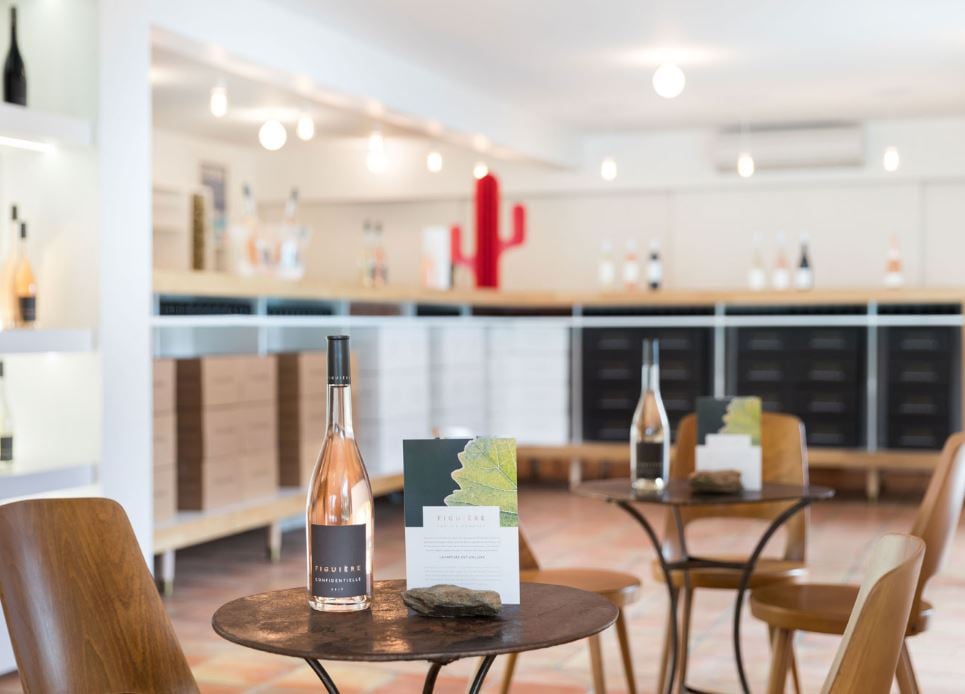
Global consumption of rosé wine increased by 28% in volume between 2002 and 2017, according to the World Observatory of Rosé and the Interprofessional Council of the wines of Provence. France, which remains the main exporter of high-end rosé, saw its exports climb by 40% in value between 2014 and 2017.
LVMH owns a number of vineyards including Cheval Blanc and Yquem castles, in Bordeaux, Clos des Lambrays in Burgundy, which it acquired in 2017 and the Californian Colgin Cellars, adding a third brand to its portfolio in the Napa Valley.
According to Le Figaro French newspaper, ‘everyone was waiting for Moët Hennessy in Provence’. As a giant force in the cognac and champagne market, the company also has a strong presence in sparkling wines, and a large collection of fine wines, from Saint-Emilion to California's Napa Valley.
Two launches
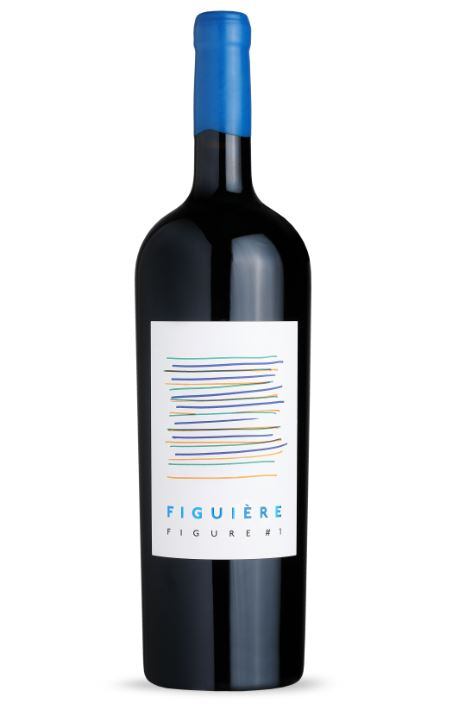
This year alone, Figuière will add two additions to its collection; an experimental cuvée, a vintage red, Figure#1 (part of a range called Les Expérimentales), made of 100% mourvèdre grapes, there are only 750 bottles of this wine available as a magnum, released in September.
The wine is aged in barrels of 330 litres for 18 months and has a good ageing potential of 10 years in the cellar.
Gastronomic rosé
“We are also releasing our second rosé which has been aged in wood, which is something the region needs to reconsider because prices are increasing for rosé and we have to bring added value to our wines,” said Combard.
“We have to win the battle for consumers to understand rosé is not just for summer as a pleasurable drink, it can be a grand vin because we are using the same technique as white wine, the only difference is the colour. We can use the same wine techniques as a grand Chablis and this is what we want to demonstrate. All the regional wine growers need to have this discussion about rosé and deliver it to its rightful place as a gastronomic wine paired with food.
“It’s true you can make it differently, and one of the techniques we found is to age the wine in wood. Before it was done in tanks, but we have trialled the technique for five years now and have arrived at the point where we can release this wine. We are learning how to make rosé with no wood aromas but aged in wood for more complexity and texture.
“Our first launch was last March, the cuvée is made from mourvèdre 60%, and grenache 40%, aged eight months in wood, the grapes are aged separately, because the grenache was swallowing the wood affect more than the mourvèdre.
“We selected the French oak from the east coast Vosges Forest, we also learned that new oak wasn’t good and we needed to use aged barrels, so we are using two to five-year-old barrels. It’s a very delicate method with a new release in October named ‘Pionniere’, introducing the idea of a gastronomic rosé wine.”
L'Assiette Figuière
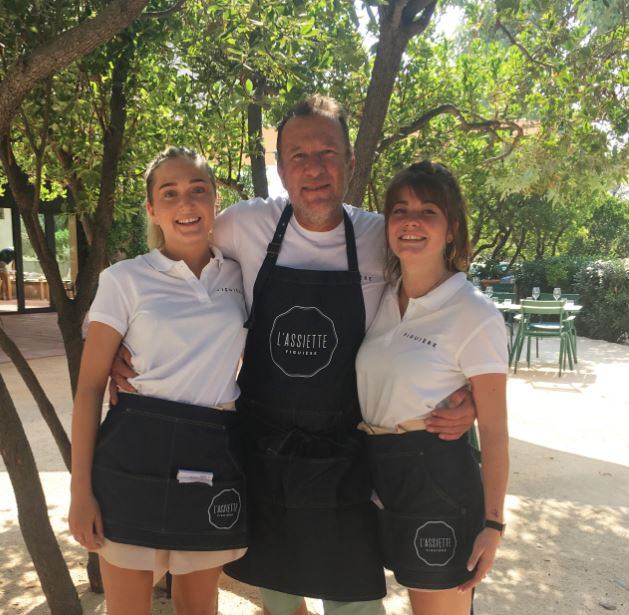
To showcase the Domaine’s wines, and those from across France, the Combard family has launched an on-site restaurant as a pilot project called L’Assiette for two months.
“L’Assiette was a dream of ours and something we wanted to do for a long time, we have a lot of restaurant owners as clients so we know how difficult it is to run a restaurant and we wanted to find the right chef, the family's cousin, Sebastien Liegeard,” added Combard.
“The restaurant opened three weeks ago and will showcase our own wines paired with home-made tasting dishes, as well as wine from other regions, to educate people about wine. We are wine makers and we want people to enjoy the best of what wines there are to offer.”
L’Assiette is currently open from Tuesday to Saturday evenings only (doors open at 6pm), including a menu of; fish tartare, veal Tataki, local goat cheese toast and salad, among others.
“The restaurant will not be open after September because we are only open for two months to pilot the concept. But, we are on the right track and next year we will open from Easter through to mid-September,” said Combard.
“We can never open a new build on our premises as we don’t have a permit for a commercial enterprise. We are only allowed to construct agricultural facilities on the premises or expand our bottling line or storage. L’Assiette is on-site and we have applied for a restaurant licence.”
